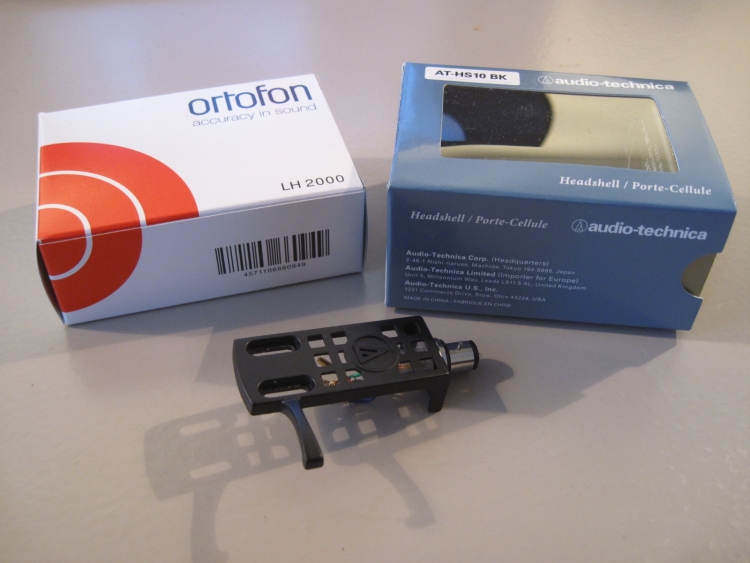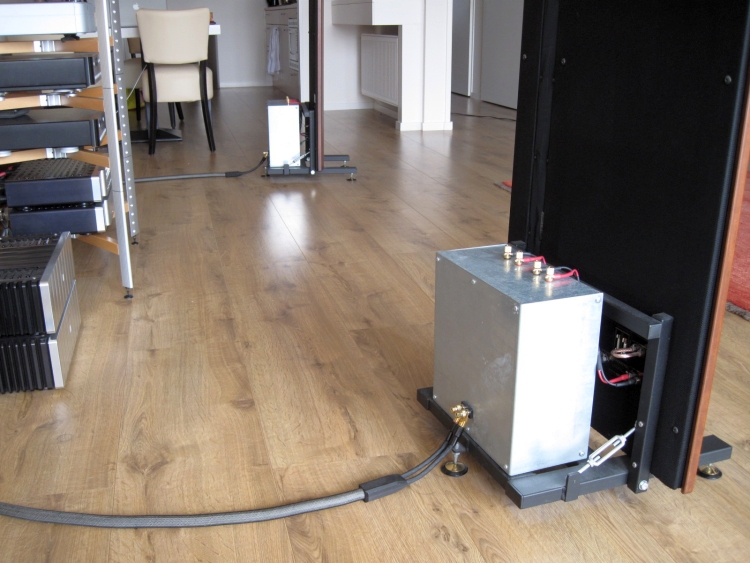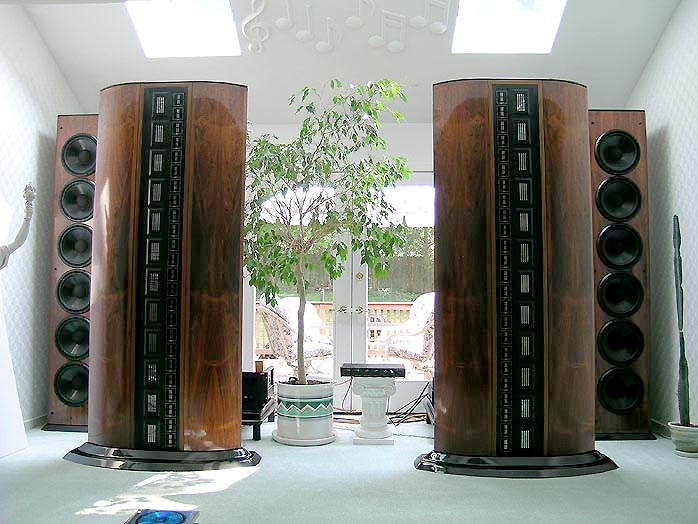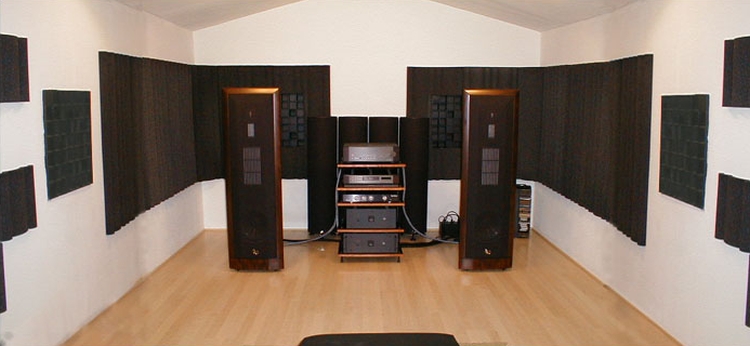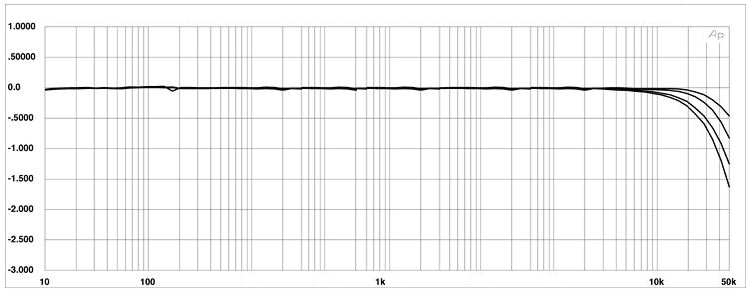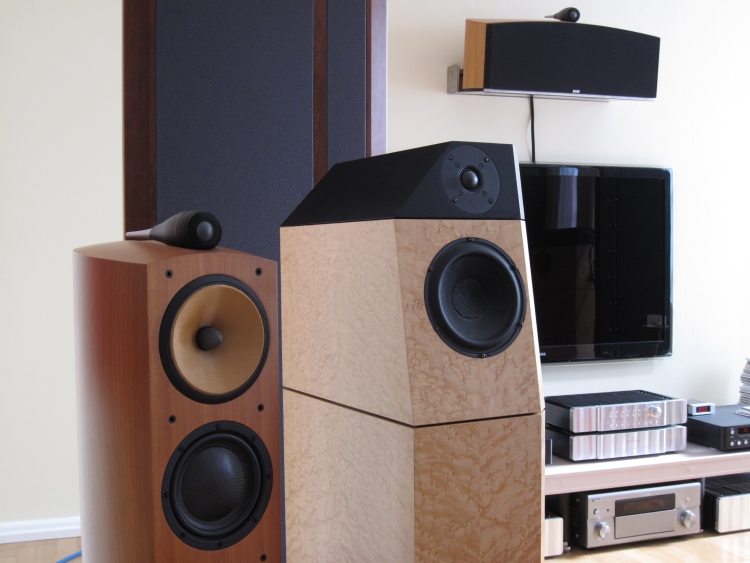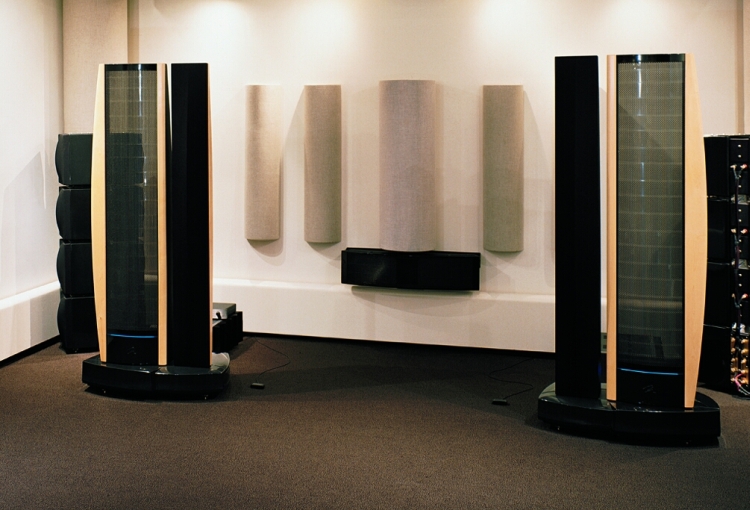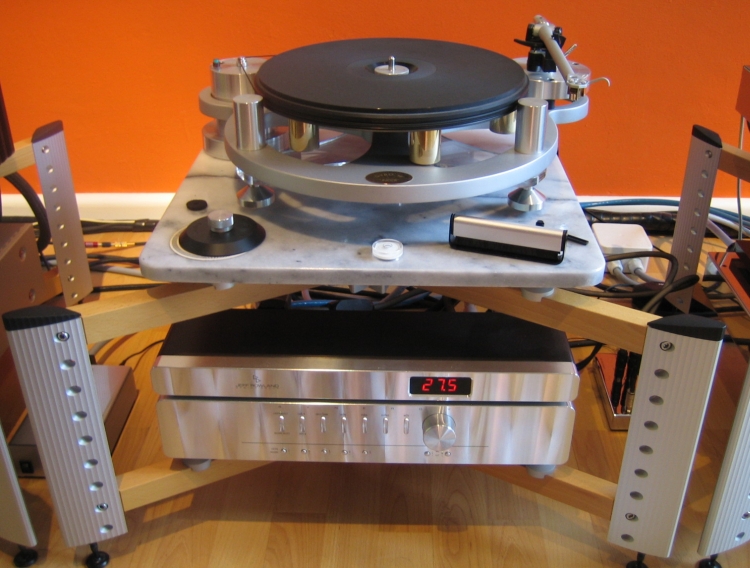
Audio equipment can be placed on numerous kinds of shelf materials and they all have their own acoustic properties
This is a phenomenon that is often being brushed aside. However, its relevance can easily be judged by yourself; use your ears without any preconceived ideas!
Try this simple experiment: first, place and play a piece of audio equipment (a CD player, DAC or amplifier, it really doesn’t matter much what type) on a wooden shelf, then place it on a pillow and listen carefully; there should be significant differences in the sound. The pillow should make the sound less sweeter, softer and more fluid but also less lively and expressive. When you notice the difference these simple actions can make, it should be clear that all materials, to a more or lesser extent, will influence the sound of an audio component.
Glass and Marble
Glass is a material that is commonly put down as “evil”, but often unfairly so. Think of this: glass is made out of sand, which is rock. Marble, on the other hand, is often seen as a very capable material for audio purposes. So why would one material be beneficial and another be bad? Actually, glass and marble are not that different in their properties. Acoustically, they share a number of parameters. Both materials are pretty heavy and solid. When you hit a piece of either material like a gong, you will hear a high-pitched tone. This signifies its frequency of resonance. Both glass and marble add extra “presence” in the midrange and treble regions. This can be a little bit too much if your audio system is well-balanced acoustically, but many set-ups can actually benefit from the more “open” sound.
MDF
MDF, Medium Density Fiberboard, is a material that is multi-functional and is used widely. This is partly because of its processing properties and because it is structurally dense and heavy. Unfortunately, MDF tends to make the sound darker and bass-heavy and more often than not you lose some tightness and definition. If you use a piece of MDF as a gong, you will hear a quite low resonance, completely different from the glass or marble gong. However, the frequency of resonance sounds is often an indication of its effect on the sound.
Chipboard (spaanplaat)
This is a cheaper version of MDF, courser grained and containing more glue. It does not have to be a no-no, though. Often, chipboard will sound less dark than MDF, if also lending less solidity to the bass. The material can have a positive effect on your sound through its flexibility and relative pliability. It requires careful application though! If you have an audio cabinet with chipboard planks, try using coasters under different positions underneath your equipment; place them wide apart for a tighter sound and closer together for a more relaxed, looser sound.
Real wood
Real wood is available in many different kinds but is often better than MDF or multi-plywood because of its natural damping. Real wood does not sound dark like MDF, but also not too clear like glass or marble can. However, while usually “natural” in tonality, most wood types add a distinct character to the sound which can become too much. Usually, a total absence of wood is experienced as overly clean but too much wood pulls the sound in the other direction. High-density wood is stiff and solid, which translates into a fast and tight bass and a good focus with less obvious coloration than most softer wood types.
Panzerholz / Tankwood
Tankwood is basically resin-impregnated and laminated (hard)wood, compressed to a hardened structure. The material’s super-high density apparently has metal-like strength and is extremely resilient, abrasion-resistant and, to a large extent, fire-resistant. If used in sufficient thickness, the material is also extremely stiff. Tankwood is denser, with a lower transmissibility and higher internal damping than other types of wood. Ebony would be closest in density.
In the audio applications that I know it, the material has been used for turntable phono cartridges and, of course, hifi-shelves. The latter are used in Artesania audio furniture such as the Modular Rack, where each shelf consists of a layer of Krion and a layer of Tankwood which combines in a stiff and well-damped yet slightly flexible combination that has a high neutrality yet also lends a full and rich tonality to equipment that is placed on top.
Carbon
This material has special properties such as high stiffness combined with good flexibility that usually translate into a neutral, fast and open sound. However, too much of the material (or use in too many places) can lead to a relatively slightly synthetic character, when comparing to a steel or wood rack. Artesania applies the material very cleverly with steel and wood in the Carbon Fiber Linear Arms for the Exoteryc rack to combine into a highly neutral as well as natural sound.
Steel and aluminum
Depending on its thickness, steel and aluminum can make excellent constructive materials. When it is too thin though, the material can ring almost like glass. A steel or aluminum construction combined with wooden planks often makes for a solid set-up that has only minimal effect on your sound. Consider Finite Elemente and the Spider Rack. They employ a minimalist approach to use a minimal amount of material to have a minimal effect on your sound.
Conclusion
All the above is relative, but generally, the results should be recognizable. In any event, just try and be broad-minded when looking for shelf materials. There is no such thing as right or wrong and ultimately, it is all about the balance. All situations and set-ups are different, as is everyone’s personal taste. It is always a good idea to try out several materials. Do not limit yourself to what is currently in fashion; just try everything out and use your ears!
Read Also
Artesania Turntable Platforms and Dampers
Artesania Exoteryc Racks
Finite Elemente Spider and Pagode
Finite Elemente Spider and SolidTech Rack Of Silence
Solid Tech Radius Racks and various Footers
Stillpoints
Mad Scientist Blackpods
